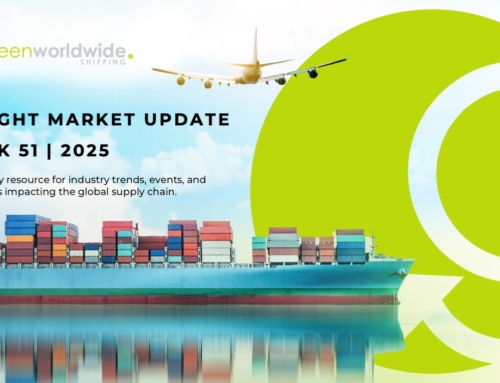NEWLY ANNOUNCED 90-DAY TARIFF SUSPENSIONS COULD REDUCE IMPORT COSTS ON CHINESE GOODS—IF COMPANIES MOVE QUICKLY
On May 12, 2025, the United States and China jointly agreed to temporarily roll back key tariffs imposed over the past six weeks. While the agreement suspends 24 percentage points of newly added tariffs on both sides—providing a window of cost relief for U.S. importers sourcing from China, Hong Kong, and Macau—it does not eliminate all duties. All other tariffs remain in place, including those imposed under Section 232 and Section 301 as applicable.
WHY THIS MATTERS TO U.S. IMPORTERS NOW
Since early April, a series of executive orders from the White House imposed sweeping increases on Chinese-origin goods. In retaliation, China issued its own layers of tariffs and non-tariff barriers targeting U.S. exports. The result was a rapid escalation in landed costs, uncertain pricing, and delayed customs clearance—particularly for high-volume sectors like electronics, machinery, industrial goods, and consumer items.
With global sourcing already strained by shipping disruptions and shifting compliance protocols, the added tariff layers introduced volatility into already fragile supply networks.
U.S.-China Joint Statement Overview
WHAT CHANGED UNDER THE U.S.-CHINA JOINT STATEMENT?
The temporary framework, reached in Geneva, outlines the following U.S. actions:
- Suspension of 24% in new tariffs under Executive Order 14257 (retaining a 10% baseline)
- Full removal of added duties imposed under Executive Orders 14259 and 14266
- Duration: The suspension is temporary—90 days beginning May 14, 2025
China will take similar reciprocal action, though for U.S. importers, the immediate benefit is reduced duty exposure on incoming shipments from Chinese suppliers.
WHAT U.S. IMPORTERS SHOULD DO NEXT
This 90-day window creates a short-term opportunity to reassess sourcing strategy, timing, and customs entry procedures. Importers are advised to:
- Validate HTS codes and tariff applicability under current suspension rules
- Coordinate with customs brokers to ensure correct application of duty reductions
- Prioritize high-impact shipments during the suspension period
- Monitor for potential reinstatement or further adjustments
- Register to attend Green Worldwide Shipping’s free Webinar: Tariff Un-Stacking, How to Look Up Tariffs, Bonded Warehouses & FTZS
The suspension is not automatic; compliance teams must verify that the affected goods fall within the scope of the suspended executive orders and ensure timely filings with U.S. Customs and Border Protection (CBP).
Stay up-to-date on freight news with Green’s Weekly Freight Market Update by following us on LinkedIn. For continuous updates, make sure to check out our website at greenworldwide.com.







